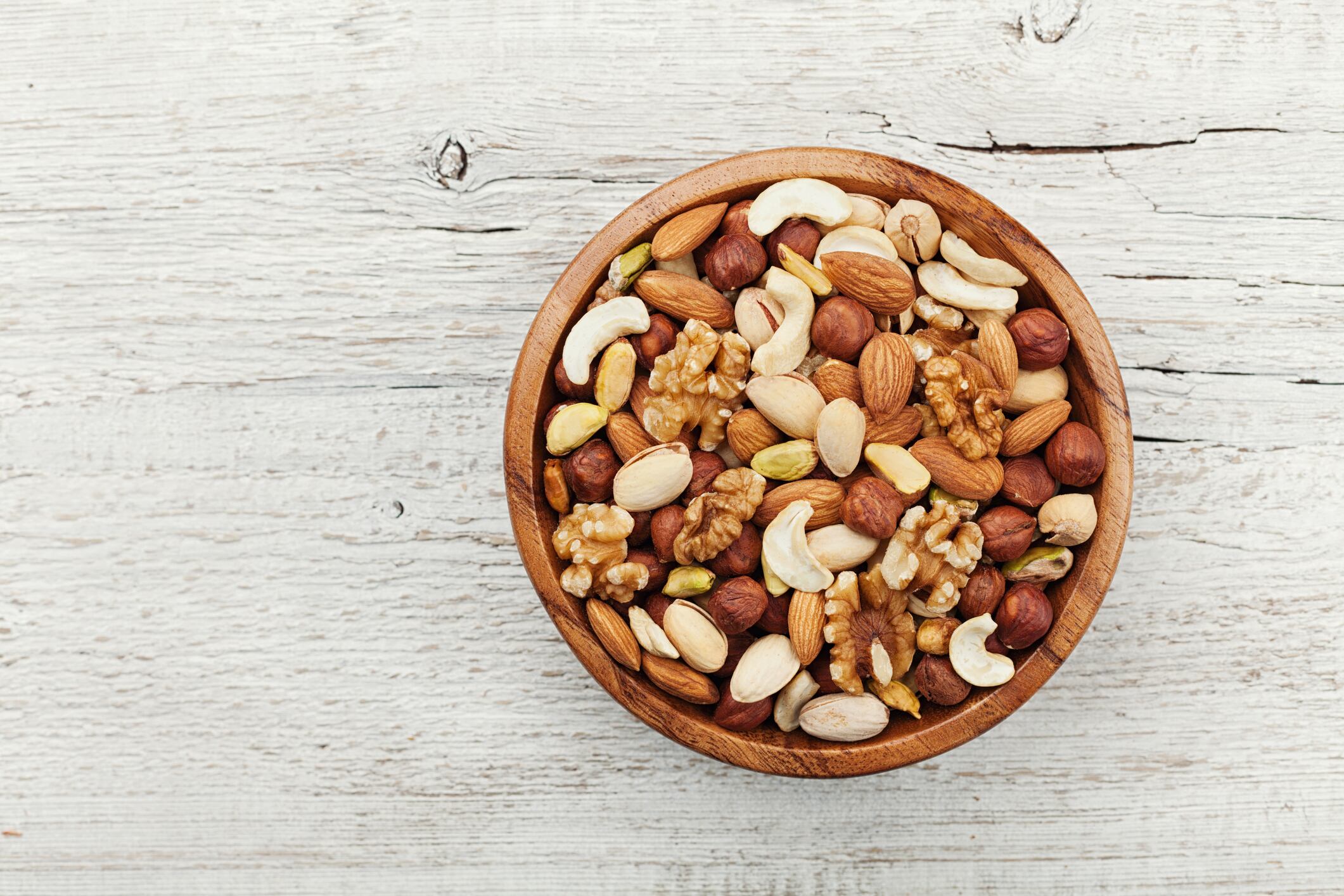The Valencia headquartered food and beverage company has exploited the findings to develop new walnut and almond products that are enriched with their own probiotic bacteria. This involved applying bio-amplification techniques to boost the probiotic count, as the number of naturally occurring bacteria in the nuts is very low.
The products, which were presented along with the findings at Anuga in Cologne earlier this month, are said to deliver 108-109 Colony Forming Units (CFUs) of Lactobacillus and Pediococcus bacteria per 50g bag. According to Importaco, scientific consensus is that the optimal amount of bacteria for probiotic activity is 108-1010 CFUs.
Starting a revolution
Importaco said it believes this project could “revolutionise” the nuts sector.
“We will use these findings to provide our customers with healthier nuts that will improve their wellbeing. Our market research based on neurological tests shows that consumers understand what probiotics are and the effect they have on wellbeing,” Dr Teresa Cercós, director general of quality, environment and innovation at Importaco, told Nutraingredients.
The project, which has been conducted in conjunction with Darwin Bioprospecting Excellence - a University of Valencia spin-out that specialises in sampling and analysing microbiotics - launched in 2020 as part of Importaco’s Advanced Feeding Strategy (Alimentación Avanzada).
“We’ve created our Advanced Feeding Strategy with the intention of applying science to demonstrate the benefits of eating nuts. We know that nuts have a good nutritional profile, but we wanted to analyse them from another perspective,” explained Dr Cercós.
The first step was a macrobiotic analysis of over 50 different types of nuts to isolate and characterise the microorganisms with possible health benefits.
30 strain starting point
This established a collection of 30 unique bacterial strains, with Bacillus and Pantoea among the most prolific. The samples with the most abundant probiotic bacteria populations were pistachios, almonds, walnuts and peanuts, and the origin of the nuts and their composition was found to affect the levels of bacteria present.
The team used molecular identification to identify six strains with a Qualified Assumption of Safety. Of these, three strains were selected as they presented all the necessary characteristics to be considered as probiotic microorganisms. These include the ability to remain viable after passage through the human gastrointestinal tract, adhere to the human intestinal epithelium and inhibit pathogens. In vivo and in vitro modelling detected antioxidant, anti-inflammatory and immuno-stimulating activity at the cellular level.
The three selected strains were then tested for their biomass yield and resistance to freeze-drying, to allow for their long term storage and use as a stable ingredient. These tests confirmed the industrial viability of the three strains.
Application trials were carried out to establish the appropriate application rate that would ensure the consumer received the recommended intake.
Nutrigenetics next
Alongside this study, Importaco has been running nutrigenetic projects, with the aim of understanding how gene variants respond to nutrients and components in nuts.
“Our first project within this strategy is a study conducted with the University of Valencia which looks at the effect of nut consumption on the improvement of cardiovascular risk cellular ageing. Several studies show that nut consumption may promote changes in our DNA due to its high content of bioactive compounds of high nutritional value,” explained Dr Cercós.

